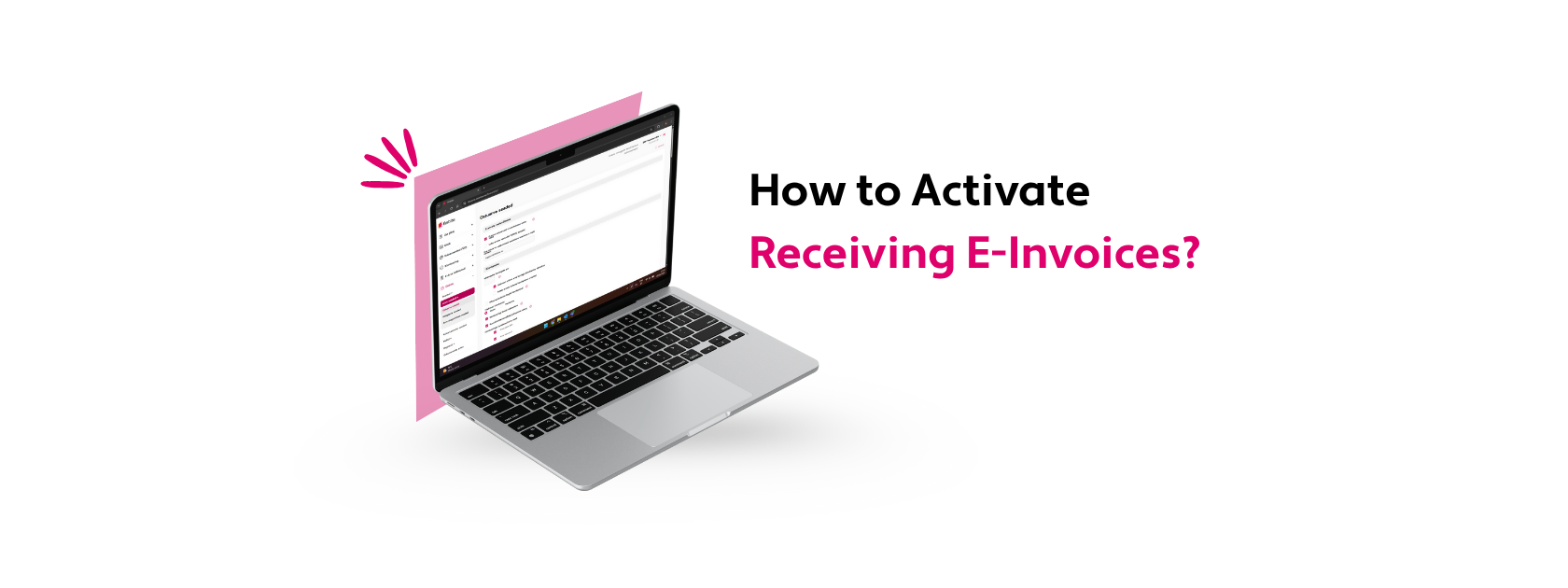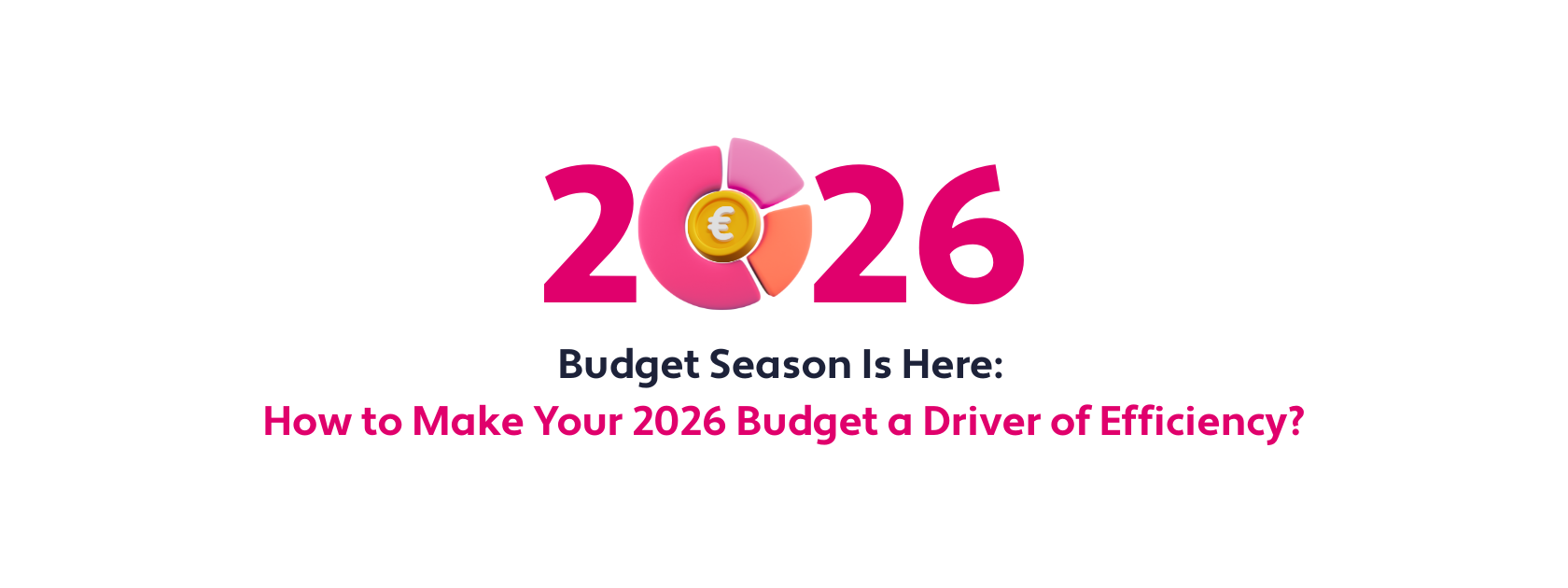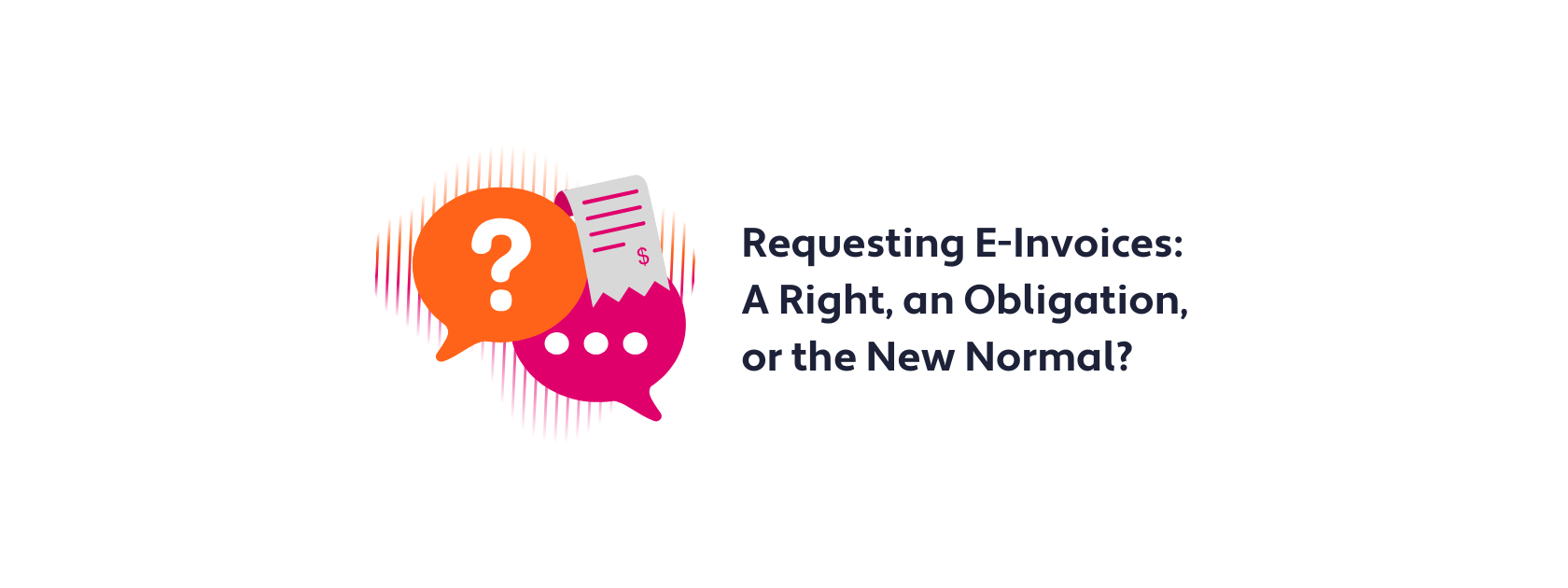
According to the OECD, SMEs are slower to adopt digital transformation solutions compared to bigger companies. This has largely been due to price barriers or limited access to technologies like data analytics.
However, digital tools are becoming more accessible and affordable for companies of all sizes, giving SMEs in the Baltics every reason to embrace digital transformation.
In this guide, we’ll break down exactly what digital transformation means and why it matters for SMEs. We’ll explore the benefits of embracing digital transformation, small business digital transformation examples, and practical tips on choosing the right tools.
In this article
What is digital transformation?
Digital transformation is the process of integrating digital technologies throughout all aspects of a business, fundamentally changing how it operates and delivers value to customers.
For SMEs, digital transformation goes beyond digitizing a few workflows; it requires a complete rethinking of business models. Digital transformation can include everything from adopting cloud-based solutions, to implementing data analytics and automating routine tasks.
Benefits of digital transformation for SMEs
Achieving a complete digital transformation for small and medium-sized businesses can be a long and sometimes challenging process. However, digitalizing workflows comes with a range of benefits:
- Enhanced efficiency: Digitalizing business operations can significantly improve efficiency. For example, businesses can use chatbots to automatically respond to customer inquiries, saving significant time for customers and support teams. In addition, digital invoicing solutions can automatically capture invoice data, saving time and reducing errors associated with manual data entry.
- Cost savings: Automating routine tasks can significantly reduce operational costs and improve resource allocation.
- Improved customer experience: Digital transformation also benefits customers. For example, SMEs can use platforms like Finbite to make the invoicing process more efficient for customers. Finbite saves businesses time and money by automating the invoicing process, eliminating repetitive tasks, and providing employees with easy access to invoices and receipts.
- Environmental impact: Digitalization reduces paper usage and energy consumption, supporting sustainability efforts. For example, e-invoicing solutions like Finbite eliminate the reliance on paper invoices and receipts, effectively reducing paper waste. E-invoicing is also more energy-efficient than sending, receiving, and forwarding PDF invoices via email.
- Increased security: Businesses can implement cloud-based solutions and tools like Finbite’s digital archive to safely store sensitive data.
Through all these benefits, businesses can increase productivity, respond more quickly to customer expectations, and adapt to changing market demands.
Examples of digital transformation in the Baltics
Softera Baltic
Softera Baltic is a Lithuanian company that helps businesses implement digital solutions to streamline their operations. By using tools like Microsoft 365 and Finbite, Softera Baltic helps businesses optimise all aspects of their business and achieve a full digital transformation.
Giedrius Norkevičius, Business Development Manager of Softera Baltic, offers valuable insight into the increasing demand for digital transformation. He says that many businesses in the Baltics are realizing that digitalization can help them react faster to market changes. This is a key competitive advantage for businesses, making digital transformation a necessity.
Norkevičius points out how digital transformation can automate routine tasks and processes. For businesses in the Baltics, this has eliminated manual work and the risk of errors, reducing operational costs and increasing employee productivity. Digital processes allow employees to quickly find all the information they need (eg product, order, or customers) in the system, without having to ask their colleagues or search through archives.
Softera Baltic also says that when comes to accounting processes, many businesses face challenges such as making their workforce more efficient, enabling them to work from a distance, eliminating manual repetitive tasks that result in data errors, and gaining a better overview of their financial documents. Fortunately, businesses can use Finbite’s all-in-one invoicing solution to solve all these problems.
Megameta MB
For Megameta MB, a Lithuanian CNC parts manufacturer, Finbite’s invoicing solutions are a key part of its digital transformation strategy. They use Finbite to:
- Automate data entry: With Finbite, Megameta can directly import digitized invoices to their accounting software. This eliminates the need for manually entering data, minimizing the risk of errors and duplicate invoices.
- Verify invoices: Finbite’s invoicing solution uses OCR technology to accurately extract invoice data. Together with OCR technology and human verification, Megameta can ensure 99% quality and accuracy of invoice data.
- Ensure compliance: By storing digitalized invoices in Finbite’s digital archive, employees can easily retrieve invoices and be sure sensitive data is protected.
By digitalizing its invoicing processes, Megameta MB has effectively reduced the time spent on invoicing and resolved its issues with duplicate invoices and payments.
How to achieve digital transformation for your SME
A digital transformation requires a complete rethinking of business processes. Here are some key steps involved in building a successful digital transformation strategy for SMEs:
Define goals
Before looking at how to optimize your small business workflow, it’s essential to define your goals. Start by looking for areas that need improvement. Conduct an in-depth evaluation of your existing processes, technology, and workforce capabilities.
Make sure to define specific and measurable objectives that are consistent with overall business goals. To ensure digital solutions are aligned with business operations and organizational goals, bring together key stakeholders or directors who have a vested interest.
After identifying which processes need improvement and clearly defining goals for the digital transformation of your small businesses, you can then look for digital solutions that will help you achieve your goals.
Organizational buy-in
For widespread acceptance of new technologies and methods, businesses must ensure organizational buy-in and promote a culture of innovation.
To ensure organizational buy-in, business owners must educate employees on the purpose of implementing new technologies and their overall digital transformation strategy. Employees must also acquire the skills necessary to adopt new technologies through comprehensive training and ongoing support.
A culture of innovation allows businesses to respond quickly when markets change or new technologies emerge, improving the odds of a successful digital transformation. To promote innovation, business leaders should encourage employees to try out new ideas and digital solutions. Frequent brainstorming sessions and workshops can also help teams come together to share creative solutions for inefficient processes.
Choose the right software
Choosing the right software is essential for digital transformation. Make sure to choose software that effectively automates work processes. Automation can reduce repetitive work, such as invoicing or client relations management, freeing up employees to concentrate on higher-value tasks.
Digital transformation involves many different solutions working in one cohesive ecosystem. Therefore, software should integrate seamlessly with other systems. For example, Finbite integrates with leading ERPs in the Baltics, allowing for the smooth exchange of invoice data across accounting systems.
Digitalize processes gradually
Achieving success with digital transformation takes time. Digitizing work processes can be a complex task, and sometimes digital solutions will have unintended effects. Therefore, businesses must digitize processes gradually. Work with one process at a time (using the appropriate tools) before moving on to the next.
Collect feedback and improve
Collect feedback from key stakeholders such as supervisors, employees, and customers. SME consulting services can also provide valuable feedback on your current processes and suggest improvements. Continuously monitor the progress of digital initiatives using key performance indicators and make improvements as needed.
Collecting feedback and making improvements is an ongoing process, as technology is always developing. However, as your workforce becomes more digitally competent, adapting to new technologies and making ongoing improvements will become easier.
FAQ: Digital transformation for SMEs
How does digitalization affect SMEs?
By automating recurring tasks, eliminating paper-based processes, and using digital tools for enhanced collaboration, businesses can save time and money, and improve customer experience. In addition, digitalizing work processes provides SMEs with access to more data, which can be used for real-time data analysis and strategic decision-making.
What is the best invoice software for small businesses?
While there is plenty of invoicing software for small businesses, Finbite is the best app for small business invoicing. As an all-in-one solution, Finbite digitalizes all aspects of the invoice process for businesses. It allows users to send and receive invoices in any format (including e-invoicing for SMEs in the EU). Finbite offers affordable pricing options and comprehensive features to meet the demands of growing SMEs.
What are some successful digital transformation examples?
One successful digital transformation example is Omniva, an Estonian post and logistics company that has implemented real-time parcel tracking, digital customs declarations, and online booking services. Megameta MB, a Lithuanian CNC parts manufacturer, has also adopted e-invoicing solutions, automated data entry, and OCR technology for invoice processing. These solutions reduce manual work and errors across various business processes and improve customer experience.
Are there any free SME digital solutions for invoicing?
Finbite’s free Starter plan allows users to send and receive 5 invoices (incl PEPPOL) per month. While this plan is useful for small companies or freelancers, Finbite’s paid plans, which include unlimited invoices, digital archives, and integrations, are often necessary for a complete SME digital transformation.
Digitalize your invoicing processes with Finbite
Finbite can improve invoice systems for small businesses in many ways. First, Finbite eliminates reliance on paper receipts. Employees can use the receipt app to take a picture of their paper receipt, then enter the receipt data or send a picture of the receipt to be automatically digitized. Employees can then easily create an expense report and send it to a “confirmer” for reimbursement.
Finbite can also automate the invoice confirmation process. For example, Finbite can automatically send recurring invoices to the same confirmer for every transaction. If there is a delay in confirming the invoice, Finbite will send an automated reminder to the confirmer. This automated system saves time for employees, as they no longer have to track down invoices through emails or send manual reminders.
Finbite also converts all incoming purchase invoices into any format (incl e-invoices). SMEs can use Finibite to send out sales e-invoices which move to the recipient in seconds and can be processed, confirmed, and paid quickly. Finbite also allows businesses to send PEPPOL e-invoices for cross-border transactions.
Finbite’s all-in-one invoicing solution eliminates repetitive tasks for accounting teams by automatically capturing invoice data, saving them time and money. And finally, Finbite not only helps your employees, but also makes the invoicing process easier for customers and suppliers.
Book a demo with Finbite today to improve your invoicing processes.





